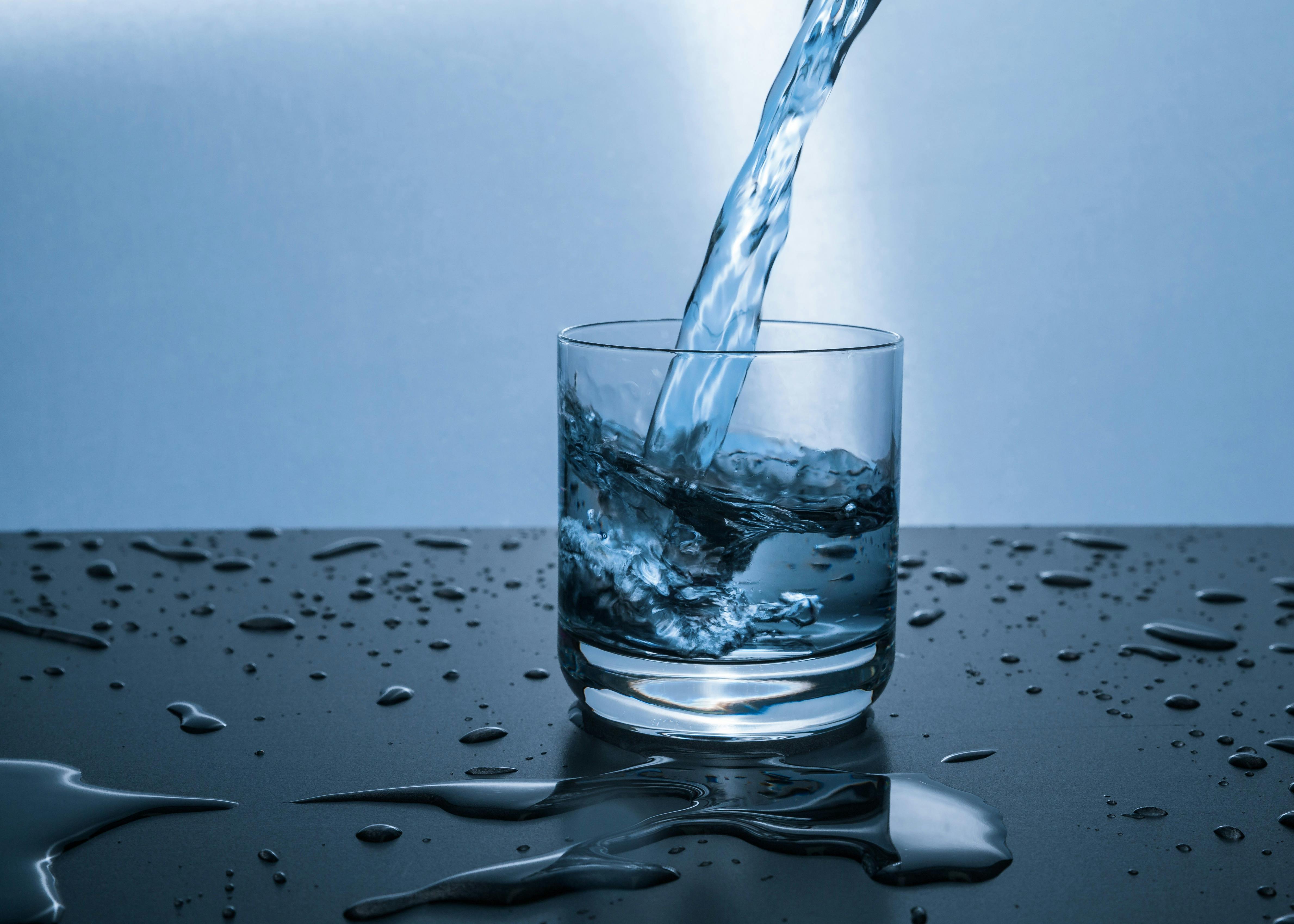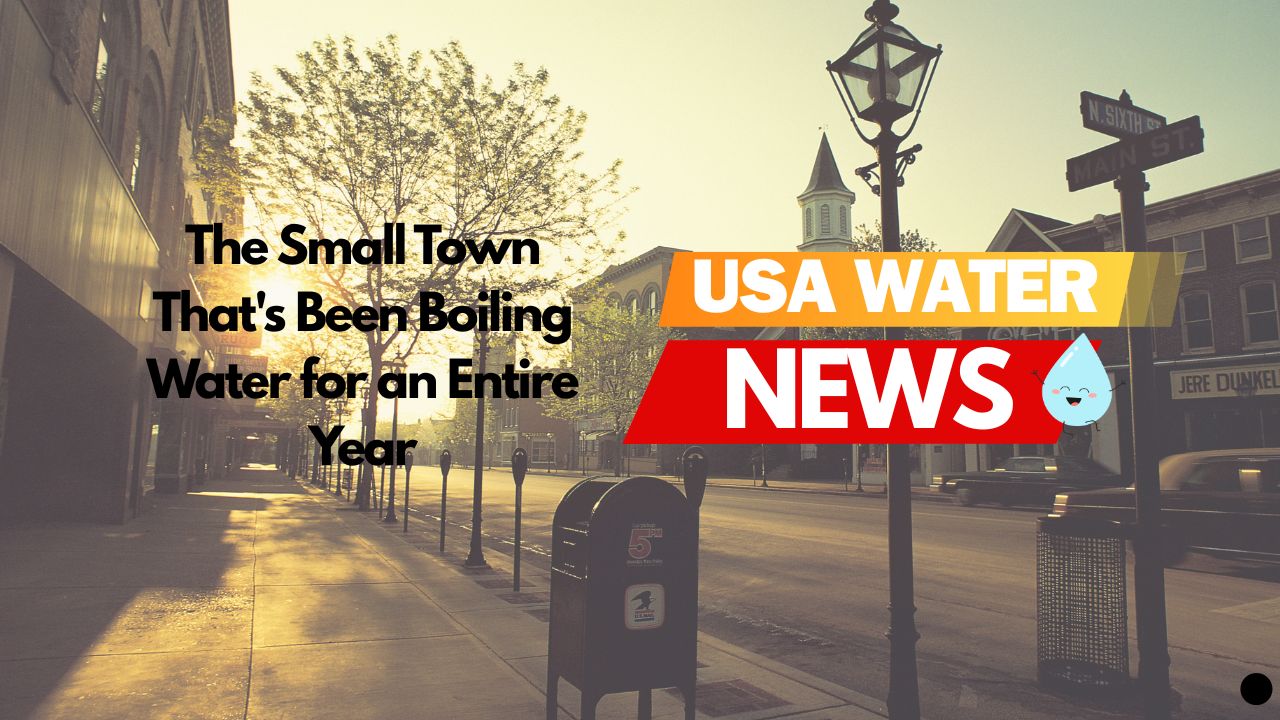What started as a routine water test in Jewell, Oregon has turned into a nightmare that won’t end – and it could happen to any small town in America.
Imagine if you couldn’t drink water straight from your tap for an entire year. No quick glass of water when you’re thirsty. No brushing your teeth without thinking twice. No making coffee or tea without boiling water first.
That’s exactly what’s been happening to the 200 residents of Jewell, Oregon, a tiny logging town tucked away in the Coast Range mountains. For over 12 months now, they’ve been living under a boil water advisory that just won’t go away.
How It All Started
It began like a lot of water problems do – with a routine test that came back with bad news.
In early 2024, the Oregon Health Authority found E. coli bacteria in Jewell’s water supply. E. coli is the kind of bacteria that can make people really sick, especially kids and older adults. When it shows up in drinking water, health officials don’t mess around.
The town immediately issued a boil water advisory, expecting to fix the problem in a few days, maybe a week at most. That’s how these things usually go.
But Jewell’s problem turned out to be much bigger than anyone expected.
When Quick Fixes Don’t Work
At first, the town tried all the usual solutions. They flushed the water lines. They added more chlorine to kill the bacteria. They tested and retested, hoping to get the all-clear from health officials.
But every time they thought they had it beat, the E. coli came back.
“We’ve tried everything we can think of,” said Jewell’s water system operator during a recent town meeting. “This isn’t something you expect to deal with for months and months.”
The problem seems to be that the bacteria found a way to hide deep in the town’s aging water pipes. Every time the chlorine treatment kills most of the E. coli, some survives in little pockets and grows back.
What Daily Life Looks Like
Living under a permanent boil water advisory changes everything about your daily routine.
Jewell residents have to:
- Boil water for at least one minute before drinking it
- Use boiled or bottled water for brushing teeth
- Boil water for washing dishes or use bottled water
- Be extra careful when giving water to pets and babies
- Always have bottled water on hand for emergencies
Sarah Chen, who moved to Jewell just before the water crisis started, says it’s exhausting. “You don’t realize how much you just turn on the tap without thinking until you can’t do it anymore,” she explained. “Everything takes longer. Everything costs more.”
The town’s small café had to switch to bottled water for everything – coffee, tea, even washing vegetables. The owner says it’s added hundreds of dollars to her monthly costs.
The Money Problem
Small towns like Jewell face a unique challenge when water problems drag on this long. They don’t have big budgets or teams of engineers like major cities do.
The town has already spent thousands of dollars on:
- Extra water testing (required every few days)
- Additional chlorine and water treatment chemicals
- Bottled water for residents who can’t afford to buy their own
- Consultants to help figure out what’s wrong
But the real solution – completely replacing the old water pipes where the E. coli is hiding – could cost hundreds of thousands of dollars. For a town of 200 people, that’s an impossible amount of money.
Why This Keeps Happening
Jewell isn’t alone. Small towns across America are struggling with aging water systems that were built decades ago and never properly updated.
Dr. Michael Rodriguez, who studies water systems at Oregon State University, explains the problem: “Many small communities built their water systems in the 1950s and 60s. Those pipes are now 60 or 70 years old, and they’re starting to fail in ways we didn’t expect.”
Old pipes develop cracks, rough surfaces, and deposits where bacteria can hide. Modern water treatment can kill most germs, but if bacteria find the right hiding spot, they can survive and multiply.
The Bigger Picture
According to the Environmental Protection Agency, there are about 50,000 community water systems in the United States. About 82% of them serve fewer than 3,300 people.
These small systems face challenges that big cities don’t:
- Limited budgets for repairs and upgrades
- Fewer trained staff to handle complex problems
- Difficulty getting help from experts
- Less political influence when asking for state or federal aid
When things go wrong in a small town’s water system, they can stay wrong for a very long time.
What Jewell Is Doing Now
The town isn’t giving up. They’ve applied for state and federal grants to help pay for new water pipes. They’re working with engineers to design a completely new water system.
They’ve also gotten help from neighboring communities. The larger town of Seaside, about 30 miles away, has donated bottled water. Local churches and community groups have raised money to help families who are struggling with the extra costs.
But even with all this help, town officials estimate it could be another six months to a year before they have a permanent solution.
What Other Towns Can Learn
Jewell’s story is a warning for small communities everywhere. Water systems need regular maintenance and updates, even when everything seems to be working fine.
Experts recommend that small towns:
- Test their water more frequently than the minimum required
- Set aside money each year for water system repairs
- Work together with neighboring towns to share costs and expertise
- Apply for grants before emergencies happen
Living With Uncertainty
For now, the people of Jewell are getting used to their new normal. Kids have learned to brush their teeth with bottled water. Families keep big pots on their stoves for boiling drinking water. Everyone has gotten really good at reading expiration dates on water bottles.
But they’re also learning something about community. Neighbors check on each other more often. People share resources and help however they can. When one family runs out of bottled water, someone else always has extra.
“It’s not the way we wanted to bring the community together,” says longtime resident Bob Martinez. “But in some ways, we’re closer now than we’ve ever been.”
The Reality for Small Town America
Jewell’s year-long water crisis shows what can happen when small towns don’t have the resources to maintain basic services that everyone depends on.
It’s a problem that goes beyond just water. Small communities across the country are struggling to maintain roads, bridges, power systems, and other infrastructure that’s getting older every year.
The people of Jewell are hopeful that help is coming. Grant applications are pending. Engineers are working on solutions. Community fundraisers continue.
But for now, they’ll keep boiling water, buying bottles, and supporting each other through a crisis that has lasted far longer than anyone ever imagined it could.
Next time you turn on your tap and clean, safe water comes out, remember the folks in Jewell, Oregon. They’re a reminder that the basic things we count on aren’t always as reliable as we think – and that sometimes, small problems can turn into big ones that last much longer than anyone expects.
Jewell, Oregon has been under a boil water advisory since early 2024 due to persistent E. coli contamination in their water system. The town of approximately 200 residents is working with state officials and engineers to find a permanent solution, but the process could take another 6-12 months. This situation highlights the challenges faced by thousands of small water systems across the United States.ests show accuracy rates comparable to some professional laboratory equipment. boiling and basic filtration can reduce some PFAS levels, though effectiveness varies by PFAS type and water chemistry.
Check your water now!
We have translated and compiled water reports on every state in the US, and covered over 100 cities. Find out how good your water is today!

Please read – our information
The information presented on cleanairandwater.net is compiled from official water quality reports, trusted news sources, government websites, and public health resources. While we strive for accuracy and thoroughness in our presentations, we are not scientists, engineers, or qualified water quality professionals.
Our mission is to present water quality information in an accessible, real-world format that helps people understand what’s in their water and make informed decisions about their health and safety. We believe that complex environmental information should be available to everyone in a format that’s easy to understand.
We make every effort to ensure our content is current and accurate, but we cannot guarantee that all information is complete or error-free. This website should not replace official communications from your local water utility or health department. We always recommend consulting official sources for the most up-to-date information regarding your specific water system.
Clean Air and Water is not liable for any unintentional errors, omissions, or outdated information. The content on this site is provided for informational purposes only and should not be considered professional advice.

